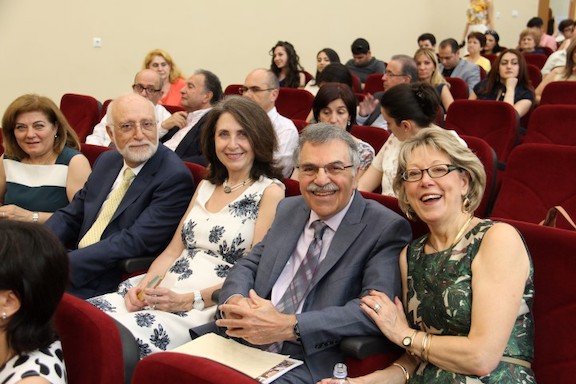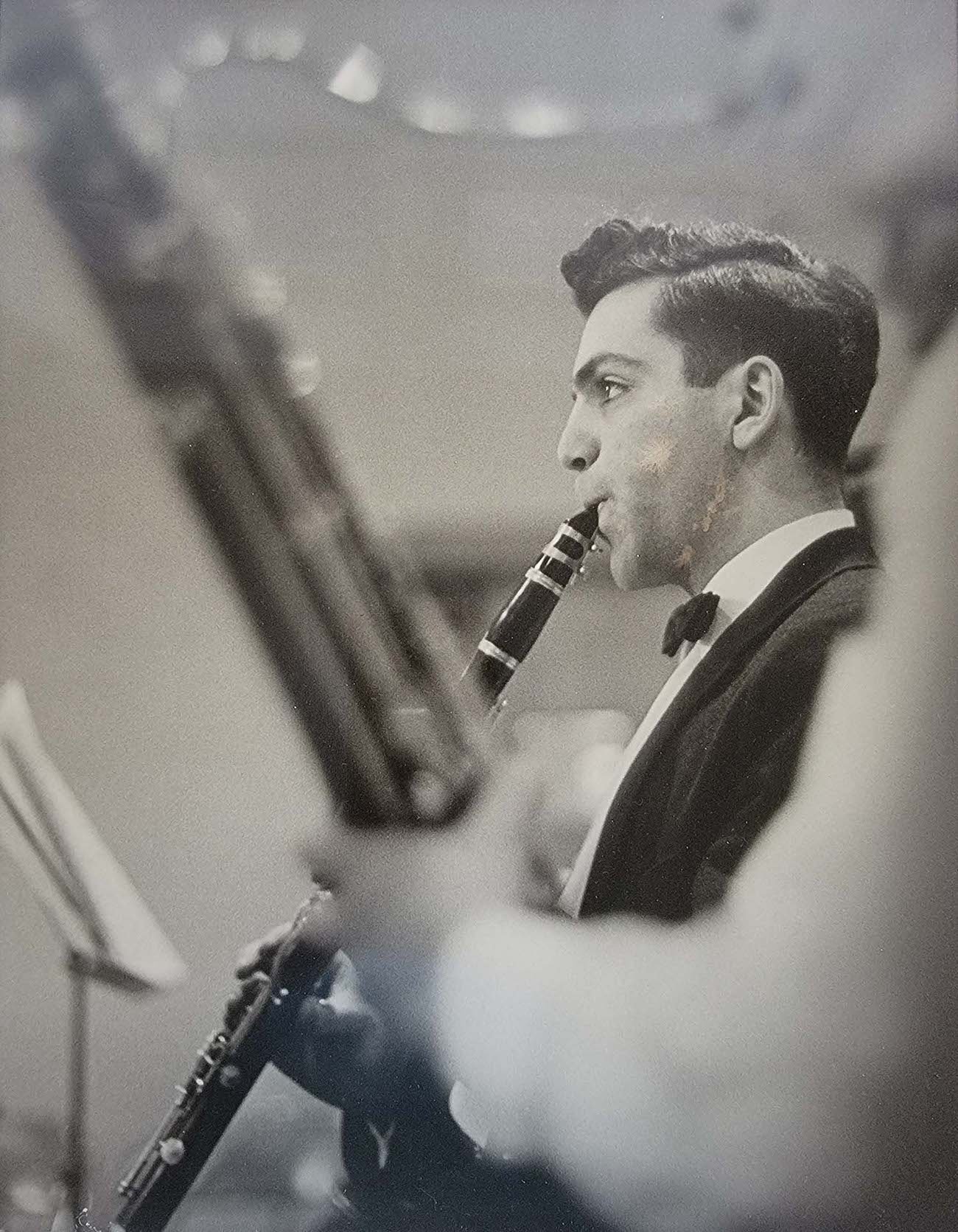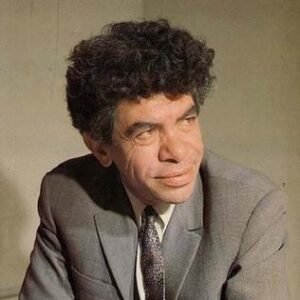GLENDALE, Calif. — The Avedisian legacy of contributing to the constant growth and advancement of the American University of Armenia (AUA) was recently expanded by Pamela Wood Avedisian with a $20 million gift in honor of her late husband, Edward Avedisian. The history of AUA is testament to his belief in the mission of the university and his steadfast support for more than 20 years as a trustee, philanthropist and visionary. This capital gift will be allotted to the construction of the new Humanities & Social Sciences and the Arts buildings.
“As a longtime board member, Edward Avedisian had a thorough understanding of the university and the vision shared by its leadership. He was truly excited to see it grow and evolve over the past three decades and wanted us to contribute towards that growth. We both understood the need for expansion to further broaden the university’s offerings and fields of excellence,” Pamela said. His expressed objective was to see AUA grow its campus congruent with new course offerings in the science, technology and engineering curriculum, as well as in the arts, humanities and social sciences.
The expanded campus will comprise the AUA Science and Engineering Building, currently in development; the Edward and Pamela Avedisian Building for programs in the humanities and social sciences; the Paruyr Sevak Building that will house the arts programs; and the AUA Founders Building to serve as an atrium that connects all three new facilities.

In 2022, in celebration of the 30th anniversary of the founding of the university, AUA launched the Build a Better Future With AUA capital campaign designated for the construction of the new AUA Science & Engineering Building. While the implementation of that project is in progress, the university has now embraced this second capital project, thanks to the magnanimous recent contribution by the Avedisian family earmarked for this endeavor. These two innovative projects create new ground for strengthened collaboration among the various fields of study offered by the university, duly enhancing AUA’s liberal arts approach to education.
Edward Avedisian was born in the United States in 1937. A seasoned musician and instructor, through shrewd business decisions, he found success as a private investor. In 1999, he joined the AUA Board of Trustees, lending his efforts to advance education in his homeland.
At AUA, the Avedisians are preeminently recognized as major sponsors of the Paul Avedisian Center for Business Research and Development (CBRD), as well as the Zvart Avedisian Onanian Center for Health Services Research and Development (CHSR). In addition, they were the primary benefactors for the construction of AUA’s Paramaz Avedisian Building (PAB). All three donations were made in honor of Edward’s siblings, and a more recent contribution established two endowed professorships in recognition of fellow AUA trustees, Dr. Judson King and Dr. William Frazer.

His contributions to AUA are among the numerous philanthropic works he has accomplished in both Armenia and the United States. In the recent past, he made headlines in the U.S. for his generous donation to his alma mater Boston University, in honor of his long-time friend Aram Chobanian, who would only accept the honor if Avedisian’s name was displayed alongside his.
When asked what moved him to carry out these philanthropic endeavors throughout his lifetime in honor of those whom he loved and cherished, his wife Pamela responded, “Edward recognized that the success he had achieved in life was in large part due to his parents, the great sacrifices they made for their children, and the loving, nurturing environment that was their home. He and his siblings were very close to and supportive of one another in all their endeavors. It was only natural for him to honor the special bond they shared and herald their achievements. He also wanted to champion the success of his friends. He was immensely proud of their accomplishments and felt it was fitting to name buildings after them to laud their excellence in their respective fields and honor their legacies through naming.”
She added, “Edward was very humble. He didn’t feel the need to put his name on buildings. Rather, he was content seeing his name listed in the program booklets of the orchestras with which he performed, alongside his fellow musicians.” At last, though posthumously, Edward and his wife’s names will be displayed on the walls of the new AUA building, duly immortalizing their longstanding legacy at the university.

The arts played a significant role throughout Ed’s life, as he was a clarinetist for over 60 years. These new expansion projects are fittingly earmarked for these disciplines. His mother loved music and enjoyed singing and reciting poetry. His father would chant the Divine Liturgy in Armenian at home every Sunday. “After he retired from music, we enjoyed attending concerts, ballets, operas,” recalled Pamela. “Our shared love of the arts is what brought us together. I accompanied the chorus that Ed was directing at Endicott College (Massachusetts). Every vacation we took involved attending various artistic performances and visiting museums. We would make an annual trip to New York to see several operas over a long weekend. The arts and humanities have brought great joy to both our lives. I don’t think either of us could imagine life without them!”
Construction efforts for the new buildings are currently underway. The AUA Building Committee appointed for these projects is in the process of interviewing the shortlisted architectural firms for making the final selection. Ronald Altoon, FAIA, LEED AP, the president and CEO of Altoon Strategic consulting firm and former president of the American Institute of Architects, is leading this effort. Groundbreaking is expected in 2024. The university is also arduously involved in updating its curriculum and preparing to introduce new degree programs. The student population of AUA is projected to double in the next six years.
The new buildings will include classrooms, offices, science and engineering laboratories, conference rooms, auditoriums, art studios, music rooms and other functional spaces. There will be underground parking underneath all three buildings. Entrance to the buildings will be through the Atrium, which will also be used for various cultural, academic and other collaborative events.
The Paruyr Sevak building will be the first in Avedisian’s philanthropic portfolio not to be dedicated to a friend or family. Instead, it will be named after one of the greatest Armenian poets of the 20th century. Avedisian greatly admired Sevak’s works and felt that the building should bear his name to honor his legacy and serve as inspiration to all those who study within its walls.

Pamela fondly remarked, “Sevak’s life and legacy will underscore the expectation of excellence that AUA strives to impart to every student. Edward firmly believed that AUA is creating the next generation of Paruyr Sevaks. There are a couple of pertinent lines from Sevak’s famous poem entitled To My Son that reflect his vision —
I would not want,
that your life become like that,
a flat gravel way.
Don’t pass over the paved road,
you must prefer to build a road!
That’s what Edward wanted for the sons and daughters of Armenia — for them to be the next leaders and builders!”
AUA is immensely grateful for the support of the Avedisian family in this grand undertaking. Donor funds continue to be raised to meet the construction cost of all three buildings. Naming opportunities for facilities within these buildings are available. For more information, please visit https://engineerthefuture.aua.am.



Thank you fro? The bottom of my heart